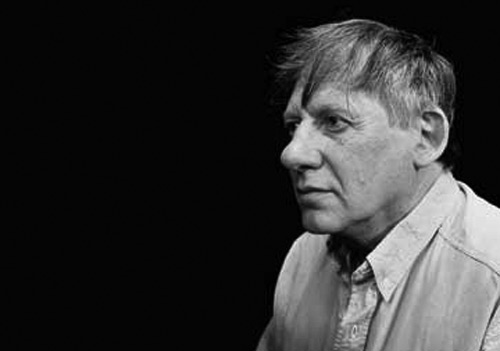Running a design-build firm, we’re always interested in new business models that allow for more possibilities in how a company is managed and how architecture is developed. We’ve kept an eye on several individuals over the years because they’ve brought a different philosophy to the table. The strategies developed from these alternative philosophies allow them to bend and sometimes even break the rules. Keep in mind, these aren’t just different ways to design –they are revolutionary ways to rework the business of design, they are changing the nature of how we work. Here are 5 of our faves, let us know yours.

Cecil Balmond: One of the most prolific structural engineers in the world, Balmond’s technical solutions and structural ideas are transformative and engaging; so engaging, in fact, that his structural engineering solutions often become the driving force of the design. While he continues to work with some of the world’s most notable architects, on certain projects he has taken the lead design role in addition to being the structural engineer. Bravo!

Jonathan Segal: A master architect, Segal designs, develops and builds all of his projects. More interestingly, he has deliberately and exclusively eliminated the client from the traditional formula. While this combination typically leads to cookie-cutter spec housing, Segal is doing work that has full respect from the design community (envy actually). His projects continue to win awards, he sits on design juries all over the country and he’s made a fortune.

Jacques Herzog & Pierre de Meuron: Somewhere in the early stages of the internet, while the majority of us were scrambling to get a website up, they decided that if their work was interesting enough everyone else would be posting photos and writing about them. They were right, and to this day there is no Herzog & de Meuron website, but a quick Google search reveals more information about their work than you could ever sift through. Imagine all the additional time and money you would have in your practice if creating, maintaining, updating, and paying for a website/blog wasn’t part of the formula.

Glenn Murcutt: He put it quite bluntly in a lecture that we attended years ago. He doesn’t feel the need to build physical models of his project because he can entirely see the design in his mind. While most architects would get laughed out of the room for saying such nonsense, Murcutt’s track record of creating decades of exceptional work proves him right. Winning the Pritzker Prize in 2002 also helps support his case. Here’s to the mind’s eye.

Christopher Alexander: Decades ago, Alexander published a series of books which simplified architectural design principles into tidy rule books for consumers to apply themselves (sans architect). In his own words, “the books are intended to provide a complete working alternative to our present ideas about architecture, building, and planning”. While heavily debated, A Pattern Language attempts to make the architectural process less fashionable, less nebulous and more accessible to the homeowner. Love it or hate it, the book can be found in just about every bookstore that’s got an architecture section.
For more to chew on follow us on Twitter.





